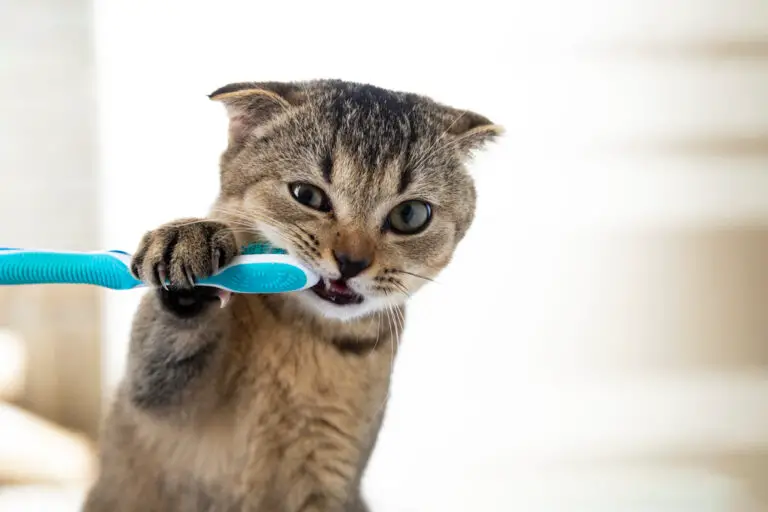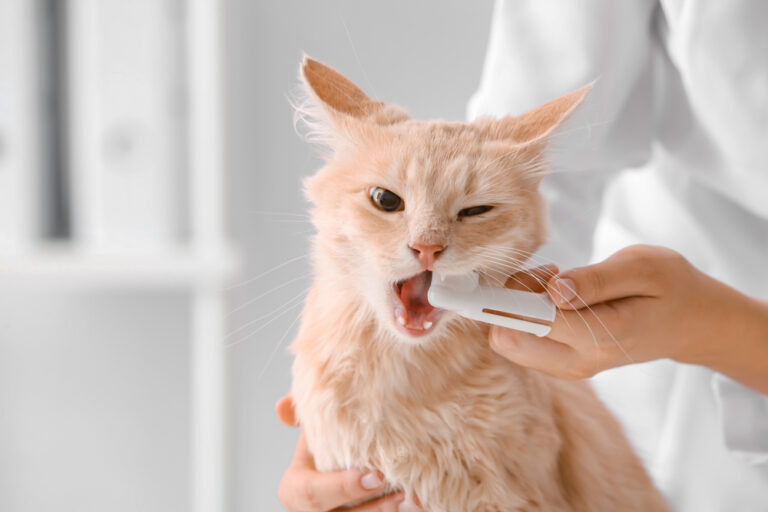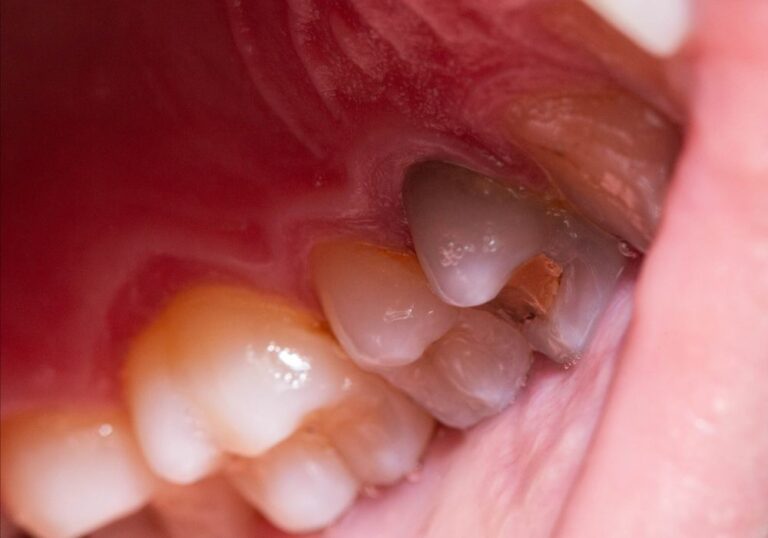Are you wondering if you can pick the tartar off your dog’s teeth? It’s a common question among pet owners who want to keep their furry friend’s teeth clean and healthy. While it may seem like a simple solution, picking the tartar off your dog’s teeth is not recommended.
Tartar is a hard, yellowish-brown substance that forms on the teeth when plaque is left to accumulate. It can cause a range of dental problems for your dog, including bad breath, gum disease, and tooth loss. While it’s important to remove tartar from your dog’s teeth, picking it off can cause more harm than good.
Understanding Tartar in Dogs
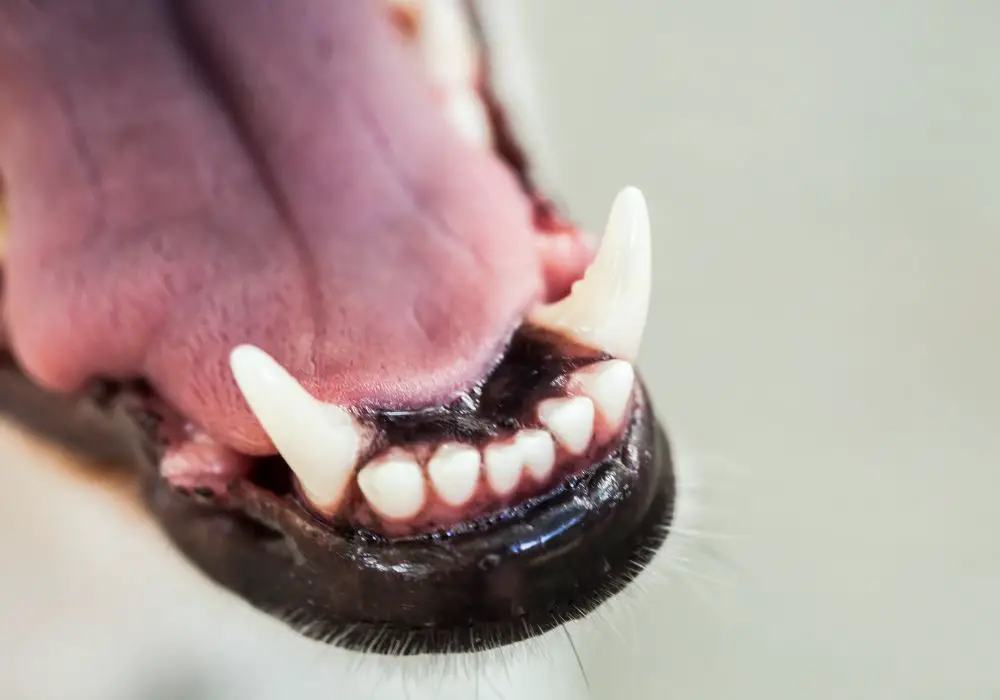
As a responsible dog owner, it’s important to understand the basics of your dog’s dental health. Tartar buildup is a common issue that many dogs face, and it can lead to serious dental problems if left untreated. In this section, we’ll go over what tartar is, how it forms, and what you can do to prevent it.
What is Tartar?
Tartar is a hard, yellowish-brown substance that forms on your dog’s teeth. It’s made up of mineral deposits, bacteria, and food particles that have hardened over time. Tartar is also known as calculus, and it can be difficult to remove once it has formed.
How Does Tartar Form?
Tartar forms when plaque, a sticky film of bacteria and food particles, builds up on your dog’s teeth. If the plaque isn’t removed through regular brushing and dental cleanings, it can harden into tartar. Tartar can also form below the gumline, which can lead to gum disease and other dental problems.
What are the Symptoms of Tartar Buildup?
Some common symptoms of tartar buildup in dogs include bad breath, yellow or brown discoloration on the teeth, and inflamed gums. If left untreated, tartar buildup can lead to more serious dental issues such as tooth decay, gum disease, and even tooth loss.
How Can You Prevent Tartar Buildup?
The best way to prevent tartar buildup in your dog is through regular dental care. This includes daily brushing with a toothbrush and toothpaste specifically designed for dogs, as well as regular dental cleanings by your veterinarian. Additionally, feeding your dog a healthy diet and providing them with dental chews or toys can also help prevent tartar buildup.
In summary, tartar buildup is a common dental issue that many dogs face. By understanding what tartar is, how it forms, and how to prevent it, you can help keep your dog’s teeth healthy and prevent more serious dental problems down the line.
The Risks of Picking Tartar Off
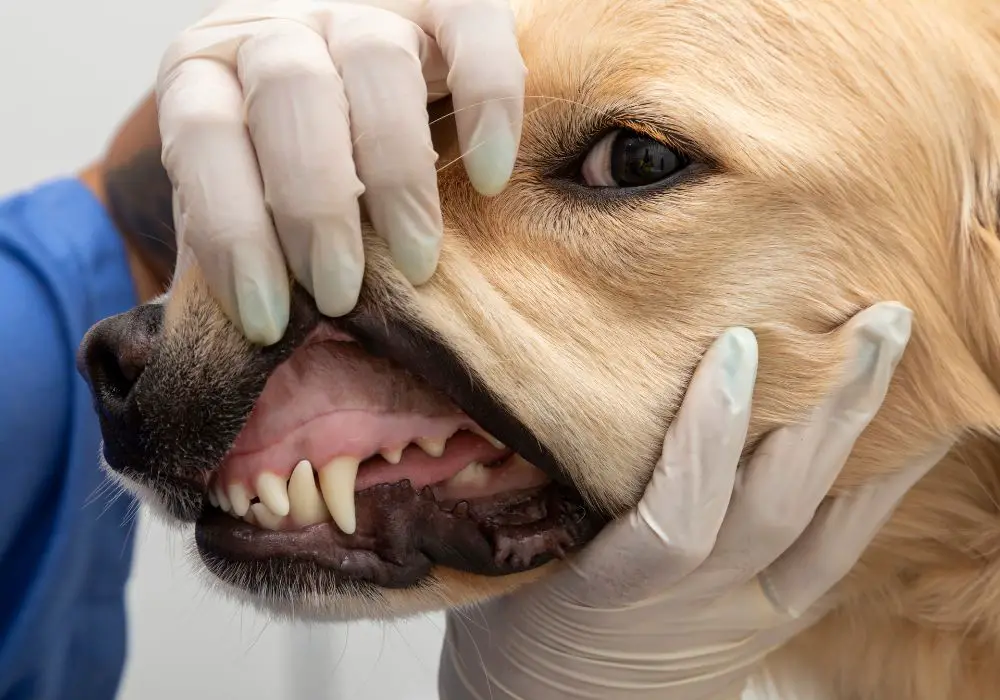
While it may seem like a quick and easy solution to remove tartar from your dog’s teeth by picking it off, it is not recommended. Here are some risks associated with picking tartar off your dog’s teeth:
Risk of Injury
Picking tartar off your dog’s teeth can cause injury to the gums and teeth. The tartar can be firmly attached to the teeth, and trying to remove it forcefully can lead to bleeding, swelling, and pain.
Risk of Infection
Picking tartar off your dog’s teeth can also introduce bacteria into the gums and lead to infection. The bacteria can cause inflammation, bad breath, and even tooth loss.
Risk of Damaging Tooth Enamel
The enamel on your dog’s teeth is the protective outer layer that defends against cavities and other dental problems. Picking tartar off your dog’s teeth can potentially lead to scraping the enamel, which can cause sensitivity to hot and cold food and drinks.
Risk of Incomplete Removal
Lastly, attempting to pick tartar off your dog’s teeth may not be effective in removing all of it. Tartar can be difficult to remove, and without proper tools and techniques, it may not be possible to remove it all. This can lead to more tartar buildup, which can cause further dental problems for your dog.
Overall, picking tartar off your dog’s teeth is not recommended. Instead, it is best to seek professional help from a veterinarian or a professional dog groomer who has the proper tools and training to remove tartar safely and effectively.
Professional Dental Cleaning for Dogs
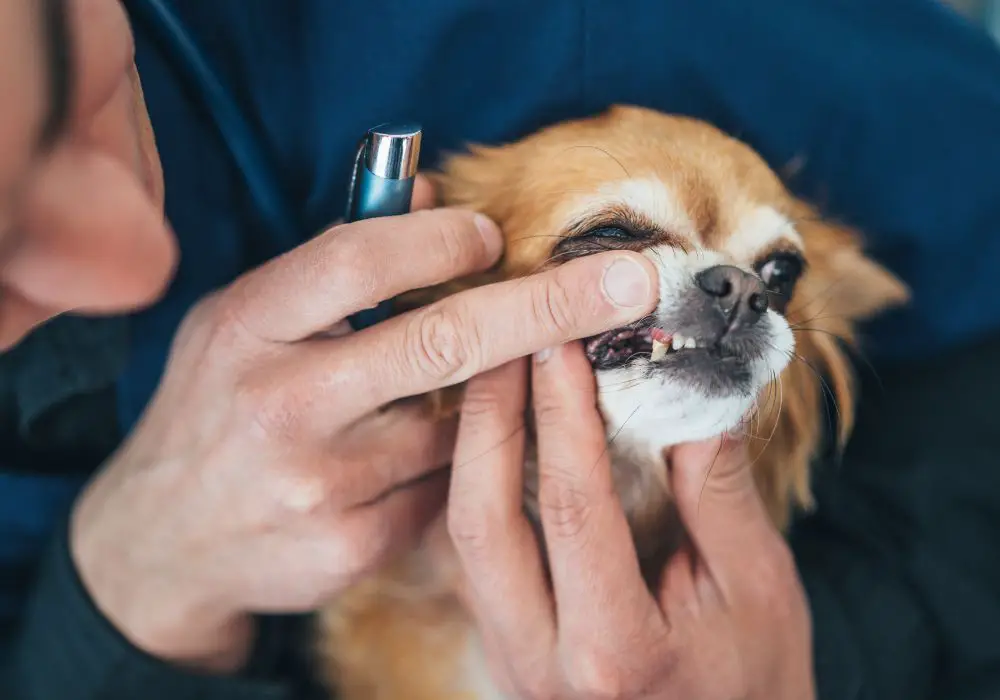
If you’re concerned about the tartar buildup on your dog’s teeth, you may be wondering if you can just pick it off yourself. However, it’s important to understand that removing tartar from your dog’s teeth is not a simple task and should always be done by a professional. Here’s what you need to know about professional dental cleaning for dogs.
What It Involves
Professional dental cleaning for dogs is a procedure that is typically performed under general anesthesia. The procedure involves a thorough cleaning of your dog’s teeth and gums, including the removal of any tartar buildup. Your veterinarian will also examine your dog’s mouth for any signs of dental disease or other issues.
During the procedure, your veterinarian will use specialized tools to remove the tartar buildup from your dog’s teeth. They may also take dental X-rays to check for any underlying issues below the gumline.
Benefits
There are many benefits to having your dog’s teeth professionally cleaned. Some of the most important benefits include:
- Improved oral health: Professional dental cleaning can help prevent dental disease and other oral health issues.
- Fresher breath: Tartar buildup can cause bad breath, which can be improved with a professional cleaning.
- Better overall health: Poor oral health can lead to other health issues, such as heart disease and kidney problems. By keeping your dog’s teeth clean, you can help prevent these issues.
Overall, professional dental cleaning is an important part of your dog’s overall health and wellness. If you’re concerned about tartar buildup on your dog’s teeth, talk to your veterinarian about scheduling a professional cleaning.
Home Dental Care for Dogs
Taking care of your dog’s teeth is essential to maintain their overall health. Just like humans, dogs need proper dental care to prevent tartar buildup, bad breath, and other dental problems. Here are some ways to maintain your dog’s dental hygiene at home.
Proper Tooth Brushing
Brushing your dog’s teeth regularly is one of the easiest and most effective ways to prevent tartar buildup. You can use a soft-bristled toothbrush or a finger toothbrush to clean your dog’s teeth. Here are some tips for proper tooth brushing:
- Use toothpaste specially formulated for dogs. Do not use human toothpaste as it may contain harmful ingredients.
- Start slowly and be gentle. Gradually increase the time and intensity of brushing.
- Brush your dog’s teeth at least twice a week.
- Pay attention to the back teeth as they are more prone to tartar buildup.
- Reward your dog with treats or praise after brushing to make it a positive experience.
Dental Treats
Dental treats are another way to maintain your dog’s dental hygiene. They are specially designed to reduce tartar buildup and freshen your dog’s breath. Here are some things to consider when choosing dental treats:
- Look for treats that have the Veterinary Oral Health Council (VOHC) seal of approval.
- Choose treats that are appropriate for your dog’s size and age.
- Avoid treats that are high in calories or contain harmful ingredients.
Water Additives
Water additives are an easy and convenient way to reduce tartar buildup and freshen your dog’s breath. They are added to your dog’s drinking water and work by breaking down plaque and tartar. Here are some things to consider when choosing water additives:
- Look for additives that have the VOHC seal of approval.
- Follow the instructions carefully and use the recommended dosage.
- Change your dog’s water daily to prevent bacterial growth.
By following these simple steps, you can help maintain your dog’s dental hygiene and prevent tartar buildup. Remember to always consult with your veterinarian if you have any concerns about your dog’s dental health.
Signs of Dental Problems in Dogs
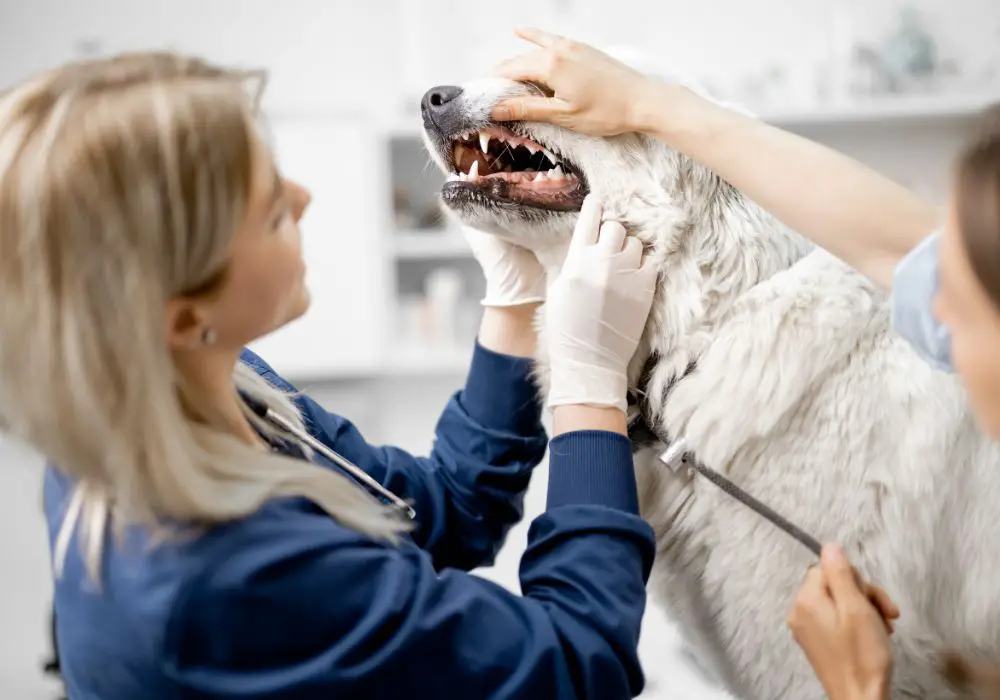
Keeping an eye out for signs of dental problems in your dog is crucial to maintaining their overall health. Here are some common signs of dental issues in dogs:
- Bad Breath: Bad breath is one of the most common signs of dental problems in dogs. If your dog’s breath smells foul, it may be a sign of gum disease or tooth decay.
- Discolored Teeth: Discolored teeth can be a sign of tartar and bacterial plaque buildup. If your dog’s teeth are yellow or brown, it may be time for a dental cleaning.
- Swollen or Bleeding Gums: Swollen or bleeding gums can be a sign of gingivitis or periodontal disease. If you notice your dog’s gums are red, swollen, or bleeding, it’s important to schedule a dental exam with your veterinarian.
- Loss of Appetite or Difficulty Eating: Dental problems can make it difficult for your dog to eat or chew their food, which can lead to a loss of appetite or weight loss.
- Pawing at the Mouth or Face: If your dog is pawing at their mouth or face, it may be a sign of dental pain or discomfort.
It’s important to note that some dogs may not show any signs of dental problems, even if they have underlying issues. That’s why it’s important to schedule regular dental exams with your veterinarian to catch any problems early on.
When to Consult a Vet
While it is possible to remove tartar from your dog’s teeth at home, there are times when it’s best to consult a vet. Here are some situations where you should seek professional help:
Your dog has severe tartar buildup
If your dog’s teeth have a significant amount of tartar buildup, it may be best to have a vet remove it. They have the necessary tools and experience to safely and effectively remove the tartar without causing harm to your dog. Attempting to remove large amounts of tartar at home can be risky and may result in injury to your dog.
Your dog has dental problems
If your dog has dental problems, such as gum disease or tooth decay, it’s important to have them examined by a vet. These issues can cause pain and discomfort for your dog and may require professional treatment. A vet can also provide advice on how to prevent further dental problems in the future.
Your dog has other health issues
If your dog has other health issues, such as heart or kidney problems, it’s important to consult with a vet before attempting to remove tartar at home. Some dental procedures may be risky for dogs with certain health conditions, and a vet can provide guidance on the best course of action.
You are unsure how to safely remove tartar
If you are unsure how to safely remove tartar from your dog’s teeth, it’s best to consult with a vet. They can provide guidance on the best methods and tools to use, as well as demonstrate proper technique. Attempting to remove tartar without proper knowledge or equipment can be dangerous for your dog.
Remember, it’s important to prioritize your dog’s safety and well-being. If you have any concerns about removing tartar from your dog’s teeth, don’t hesitate to consult with a vet.
Frequently Asked Questions
How can I safely remove tartar from my dog’s teeth at home?
You can safely remove tartar from your dog’s teeth at home by using a finger toothbrush, specially designed dog toothbrush, or dental chews. However, it is important to note that if your dog has a significant amount of tartar buildup, it is best to have it removed by a veterinarian to avoid causing pain or damage to your dog’s teeth and gums.
What are some natural ways to remove tartar from my dog’s teeth?
Some natural ways to remove tartar from your dog’s teeth include feeding them crunchy fruits and vegetables like apples and carrots, adding coconut oil to their diet, and using a mixture of baking soda and water to brush their teeth.
Is it safe to scrape tartar off my dog’s teeth myself?
It is not recommended to scrape tartar off your dog’s teeth yourself, as this can cause pain and damage to their teeth and gums. It is best to have tartar removed by a veterinarian who can safely and effectively clean your dog’s teeth.
How can I prevent tartar buildup on my dog’s teeth?
You can prevent tartar buildup on your dog’s teeth by regularly brushing their teeth with a dog-specific toothbrush and toothpaste, providing them with dental chews and toys, and scheduling regular dental cleanings with your veterinarian.
What is the difference between dog teeth plaque and tartar?
Dog teeth plaque is a sticky film that forms on your dog’s teeth and can be removed by regular brushing. Tartar, on the other hand, is hardened plaque that has been left on your dog’s teeth for too long and can only be removed by a veterinarian.
Can I soften tartar on my dog’s teeth before removal?
Yes, you can soften tartar on your dog’s teeth before removal by feeding them soft, moist food or adding water to their kibble. However, it is important to note that this will not completely remove the tartar and it is best to have it removed by a veterinarian.


